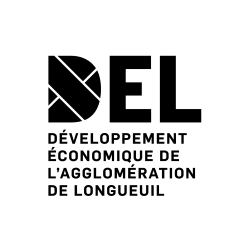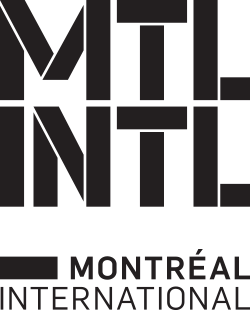Between town and country
As a flagship project in the Montréal region, the redevelopment of this brownfield site will transform the area into a brand new neighbourhood in a strategic, easily accessible location that is close to the river, to downtown Longueuil, and to multiple institutions and services.
Located at the last stop on the express bus line (SRB Roland-Therrien) before it reaches the metro station less than 3 minutes later, this central, urban site is the perfect spot for your residential or commercial project!
This sector benefits from easy access to the South Shore’s road network and to the entire metropolitan region. The intermodal terminal, which includes the Longueuil–Université-de-Sherbrooke metro station, is located less than 4 kilometres from the sector.
The Roland-Therrien hub is characterized by its central park, which runs through the entire site, physically and visually linking the river and its waterfront promenade to the urban spaces of Longueuil.
The best of both worlds
The urban redevelopment of the Roland-Therrien hub will make Longueuil a leader in dynamic, pleasant living environments. Choosing the Roland-Therrien hub means choosing 360-degree living in a centrally located community that offers splendid morning and evening views of the St. Lawrence River or the garden. It also means enjoying an urban lifestyle and vast green spaces, all at once.
Nearby services
The sector is only 3 km away from the Centre régional, which is both a commercial and institutional hub (Longueuil court house, Centre de formation professionnelle Pierre-Dupuy, Pierre-Boucher hospital, Agglomération de Longueuil fire department) and a leisure centre (skatepark, Colisée Jean-Béliveau, Collège Français sports centre).
It is adjacent to the institutional hub made up of Cégep Édouard-Montpetit (6,300 students and 900 employees) and Jacques-Rousseau high school.
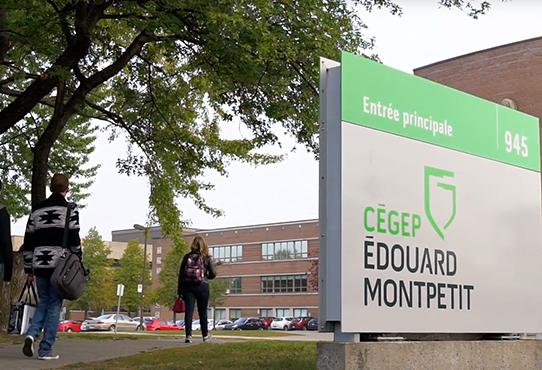
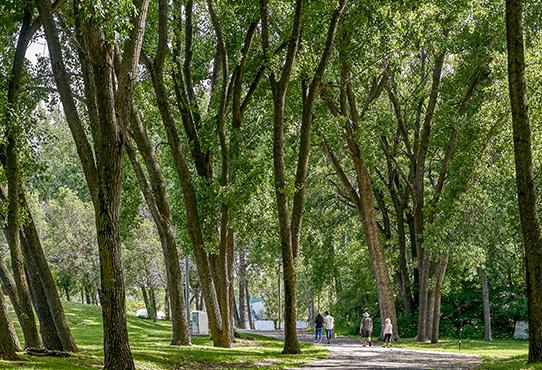
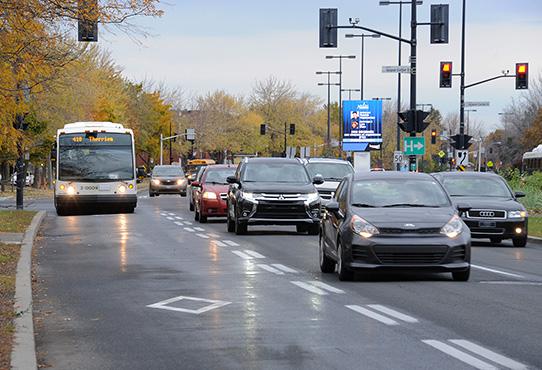
Development objectives
- Design a sustainable neighbourhood with a distinctive image
- Create a diversified living, employment and recreational environment
- Make the Roland-Therrien hub the benchmark in sustainable mobility
- Devise an exemplary sustainable development project
- Integrate active mobility and public transit
- Implement a variety of residential and commercial buildings
- Create a distinctive architectural style and landscaping
- Integrate a large, central park measuring over 5 hectares
- Recognize its high residential development potential
- Include diverse housing options (from townhouse to high-rise)
Mobility as a key element of the neighbourhood
The mobility network will be designed to encourage walking and cycling, without precluding car travel.
An excellent public transit network:
- Express bus network on boulevard Roland-Therrien
- Several public transit corridors on nearby chemin de Chambly
- The Cégep Édouard-Montpetit sector is directly served by several South Shore public transit lines

Development potential
- Total surface area of about 97 ha
- 6,370 housing units
- 120,000 m2 of office space
- 24,000 m2 of commercial and service space
Find out more
The project’s vision and framework are defined in the Programme particulier d’urbanisme du Pôle Roland-Therrien (PDF in French).
A brief history of the area
Originally, part of the Roland-Therrien hub was occupied by Armstrong Whitworth. The British steel multinational was attracted by the presence of a large number of skilled ironworkers.
The plant, which manufactured cast iron wheels for railway cars and shell casings, became the largest company in Longueuil. However, the end of World War I triggered an economic slowdown that impacted the company. Armstrong Whitworth, Longueuil’s largest employer, closed its doors. In 1921, it put its factory and land, which extended from the river to rue De Gentilly, up for sale.
In 1923, Charles Walmsley & Co., a British manufacturer of paper-making machinery, purchased the site. Part of the building was occupied by Dominion Engineering, which profited from the war industry by manufacturing anti-tank guns.
Since 1928, Pratt & Whitney has leased a section of the building. Pratt & Whitney’s business grew very rapidly during World War II, thanks to orders for aircraft engines and propellers. However, after the war ended, its production dropped off considerably. With an eye to the future, the company began recycling military aircraft engines for civil and commercial use.
Starting in 1951, the rue d’Auvergne establishment became commonly known as “factory number 2.” In 1955, the site became the main piston engine manufacturing plant of its parent company, United Technologies Corporation. The company’s growth led to the opening of a new plant in Saint-Hubert in 1966, and a marked increase in the number of employees, which rose from 500 in 1950 to 5,300 today. Pratt & Whitney remains the largest employer on the South Shore.
The closure of the rue d’Auvergne plant was announced at the end of 2010, and its facilities were demolished. The 1913 building no longer met the company’s needs and would have required major investments. The building’s operations were divided among the company’s other facilities on the South Shore and in Mirabel. As one of Longueuil’s long-standing major employers, Pratt & Whitney continues to be an important partner in the redevelopment of the sector.
Find the perfect lot for you on the interactive map!


